Kitted out in black Givenchy, huge sunglasses blocking out the snow glare, Audrey Hepburn is lunching al fresco in the French Alps when a meet-cute with Cary Grant ensues. It’s the opening scene of Charade, filmed just over sixty years ago in Megève — the chichi winter resort for both Hollywood royalty and true bluebloods during the 1960s. Back then, Brigitte Bardot, Yves Montand and Jean Cocteau were often seen swooping down its pistes. Imagine a snow-dusted Saint-Tropez and you’re on the right track.
This medieval market town was hardly destined to become a darling of the beau monde. Megève was something of a backwater (the name even translates to “village in the middle of the waters”) until 1920, when Baroness Noémie de Rothschild spotted its potential. Her plan was to create a new winter resort to rival those in Switzerland, specifically St. Moritz, where there were too many Germans, it is said. Scouring the Haute-Savoie, she’d discounted nearby Chamonix — too popular with British tourists (pas chic) — before deciding then-humble Megève fit the bill, with its glorious views of Mont Blanc, gentle slopes and proximity to Geneva.
I’ve sampled the ski-in, ski-out grandeur of Gstaad, Val Thorens’s hard-partying après-ski scene and an epic powder drop in Whistler, yet there’s something special about Megève. In part, it’s the quaint, fairytale architecture — all snow-dusted, steeply-pitched rooftops and carved wooden balconies. A fourteenth-century church and baroque clocktower preside over the main square; horse-drawn carriages clip-clop along the cobblestones. This isn’t a given; Americans may be surprised that not all alpine resorts display such chocolate-box charm. Many instead are dominated by concrete modernist blocks after mid-century developers rushed to cater to winter sports’ burgeoning popularity. Of course, hardcore powder hounds hardly care about aesthetics, prioritizing a resort’s vital stats: piste range and altitude. Les Trois Vallées, for example, boasts 370 square miles of runs and tops out at 7,500 feet, giving it one of Europe’s longest ski seasons, compared to Megève’s 232 square miles and 3,600-foot elevation.
Those who know their alpine heritage will doff their ski helmets to Megève, though. Not only is it the oldest purpose-built resort in the Alps, the iconic “red rocket” cable car installed in 1933 was the first dedicated to downhill skiing. People were taking to the slopes in impracticably baggy golfing tweeds before local tailor Antoine Allard invented the tapered stirrup pants called pantalons fuseaux (the family-run store still stands in the town square). Wearing this newly streamlined silhouette, Megève-born ski racer Émile Allais won at the 1937 World Championships; he’s also credited with developing le ski français technique of parallel turns.
In more recent years, A-listers have decamped to the likes of Verbier and Aspen, while Brits-on-tour opt for cheaper, livelier alpine neighbors. Happily, this leaves Megève to a chic, Francophone “stealth wealth” set — Genevan bankers, impossibly elegant Parisian families and the occasional incognito oligarch. Tellingly, there are very few chain hotels here. A Four Seasons opened in 2017 (helmed by another Rothschild, Ariane, wife of Noémie’s grandson), but otherwise it’s all about design-forward boutique hotels. Take L’Alpaga, a fairy-lit cluster of timber buildings perched just above the village. Owned by French luxury hotel group Beaumier, the interiors are a masterclass in chalet-chic, decked with vintage ski posters, oil paintings of alpine landscapes and botanical drawings. Sheepskin and cashmere throws soften the slate and timber backdrop. Even the minibar is chicer than the standard: a mirrored cabinet stocked with full-size bottles of chartreuse, Genépi liqueurs and Dolin vermouths. For peak pampering, the stone-lined subterranean spa houses a hammam, treatment rooms and swimming pool, while a wood-fired barrel sauna and Nordic hot tub in the grounds both have mountain views.
Megève’s après-ski scene similarly strikes a sophisticated note — think jazz clubs and fine dining rather than Jägerbomb-fueled nightclub sessions. On a bluebird day, there’s no better place to take a break than the suntrap terrace of Idéal 1850, tucking into the oyster and Champagne bar. Sure, skiers can still fuel up on fromage-centric Savoyard staples such as fondue, tartiflette (a Reblochon and bacon-laced potato gratin) and raclette (more melted cheese, this time smeared over potatoes) at traditional spots like Super Megève. But increasingly, the area is emerging as a hotspot for seasonal, hyperlocal gastronomy.
La Table at L’Alpaga is one of a trio of Michelin-starred restaurants in Megève. Head chef Alexandre Baule has been at the helm since 2022, foraging wild ingredients from the mountains, meadows and lakes of Savoie to create a veg-forward tasting menu. It begins with an amuse-bouche inspired by the four elements — “fire” is charcoal-grilled salsify on a bed of pine needles, “air” a bubble of lichen and apple liquid that explodes on the tongue — before a snail, artichoke and crozet tortelloni, and gently poached lake trout with beet carpaccio. Patissière Tess Evans-Mialet is equally adept at weaving local botanicals into her confections, like the gentian-laced chocolate truffles served as petits fours. Her twist on the classic Savoyard Gâteau St. Honoré tops layers of flaky puff pastry, pastry cream and caramel-like alpine milk jam with a meadowsweet-infused cream, piped as thick and fluffy as the snow coating the rooftops outside. Good luck zipping up your Fusalp ski suit after that feast.
Besides its storybook good looks, Megève remains a living town. Look at the locals lining up at the weekly market, stocking up on the region’s smooth, nutty Tomme cheeses and charcuterie. For every designer skiwear boutique, there’s an art gallery, boulangerie or antiques shop. Many of us want a winter resort that offers more than purely pistes, especially as seasonal snowfall becomes less reliable (Europeans remember the slush pile that was winter 2022-23). With its Michelin-studded restaurant scene and retail therapy, Megève’s star may be on the rise again.
Megève can be reached from Geneva airport (www.gva.ch), an eighty-minute drive away, or by TGV train from Paris to Sallanches-Combloux-Megève station. Estella Shardlow was a guest of Hotel L’Alpaga and Megève Tourisme. This article was originally published in The Spectator’s March 2024 World edition.



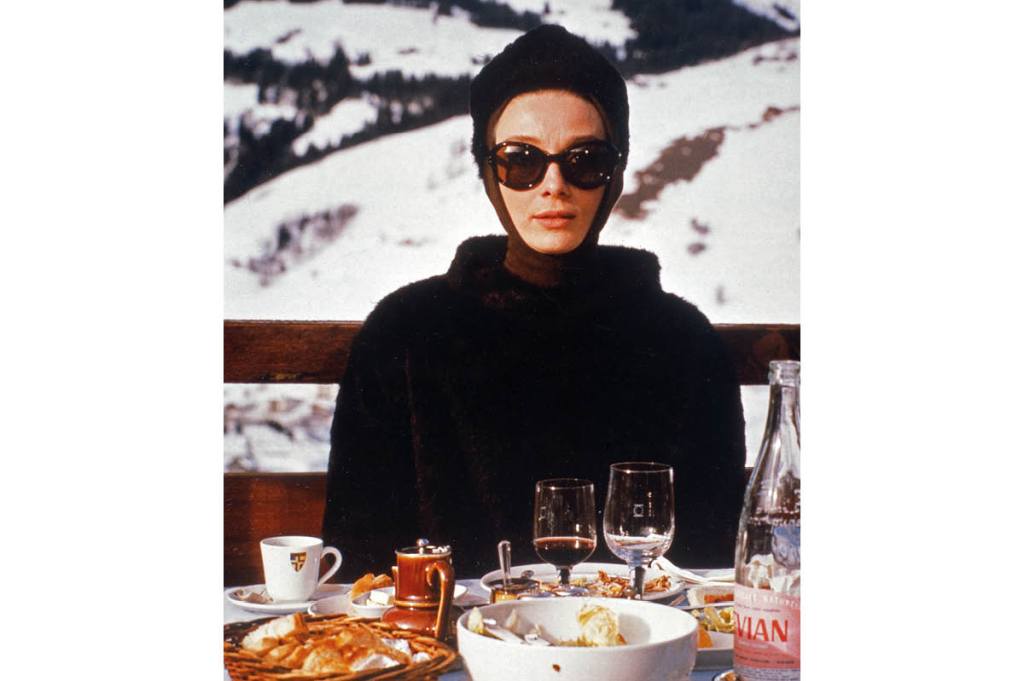







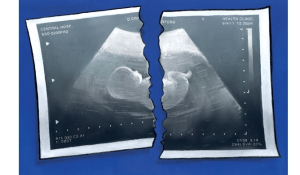


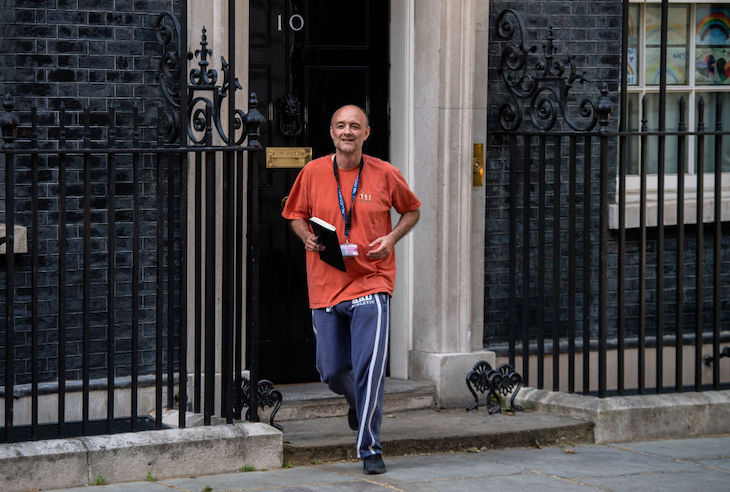
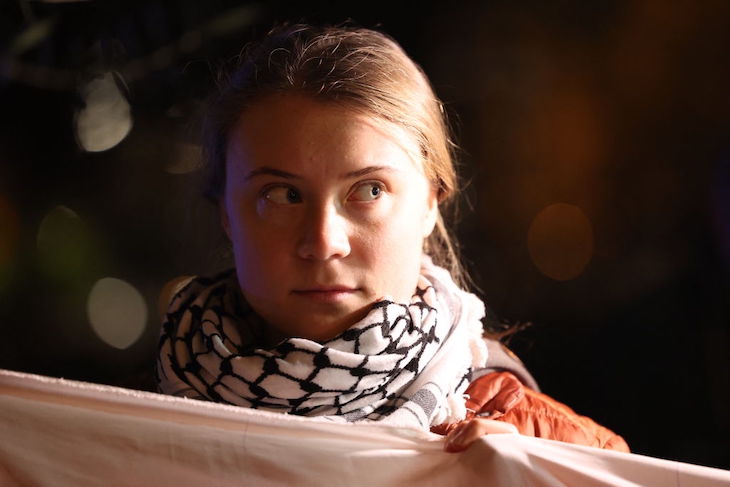

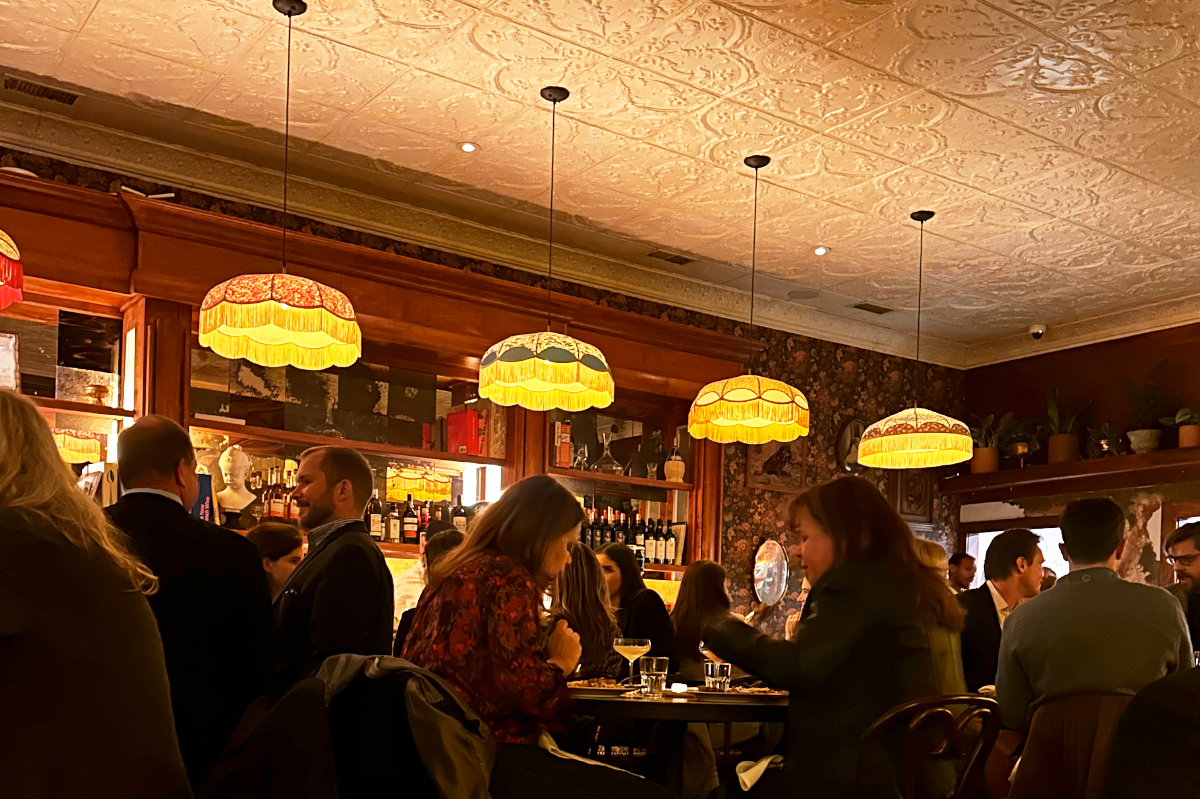
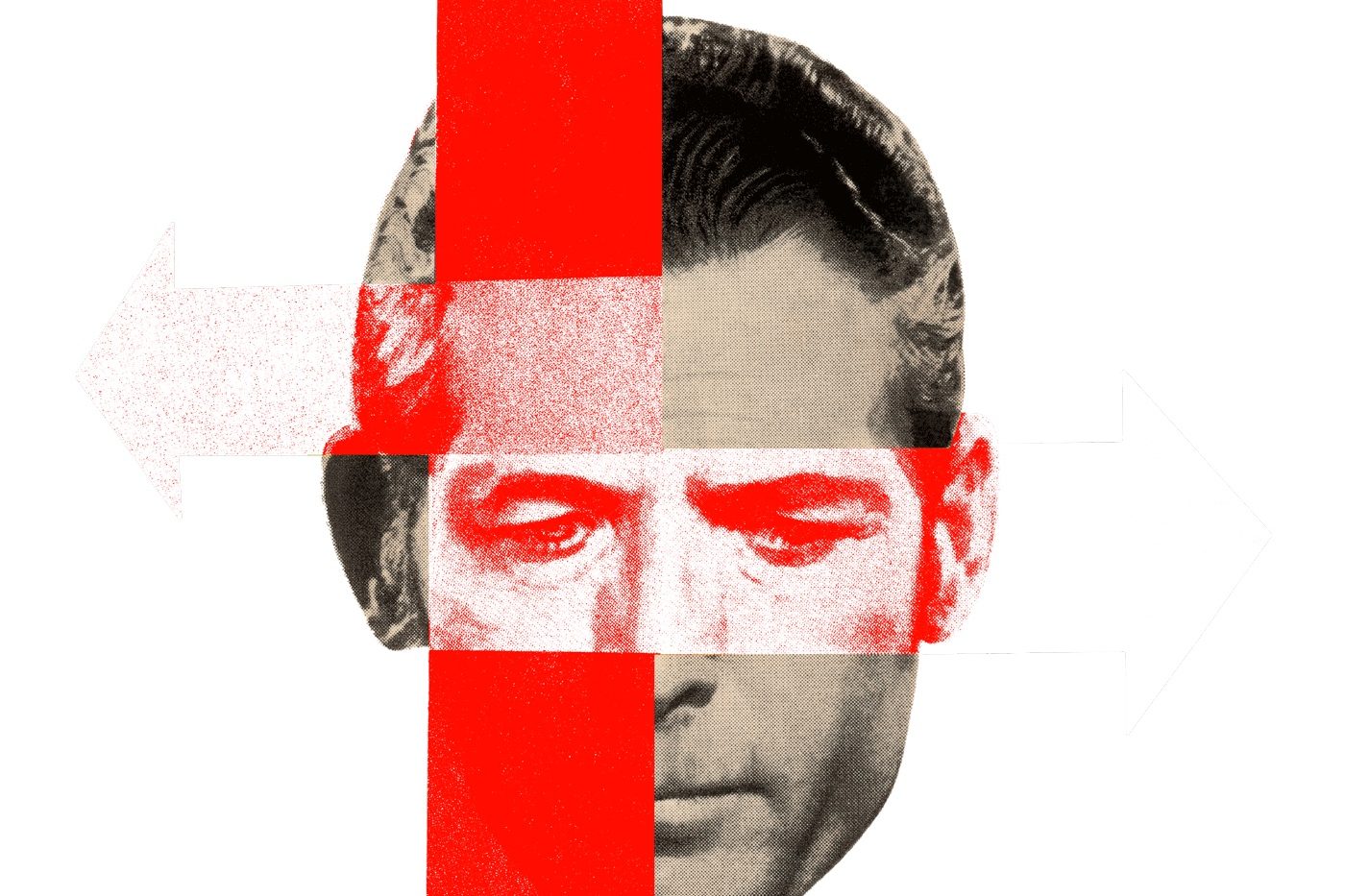







Leave a Reply